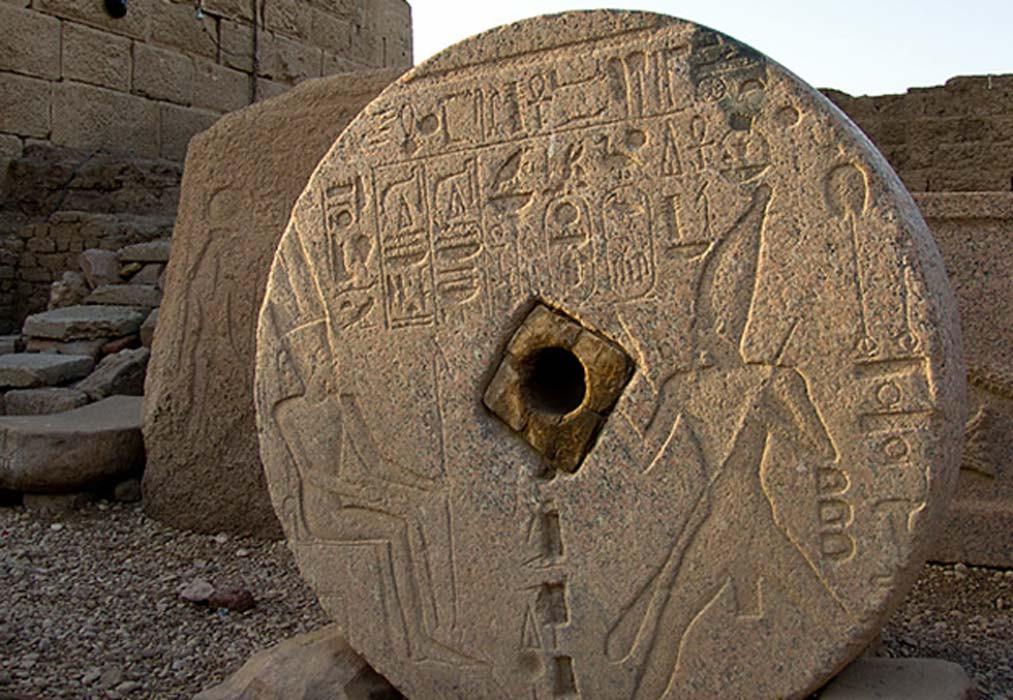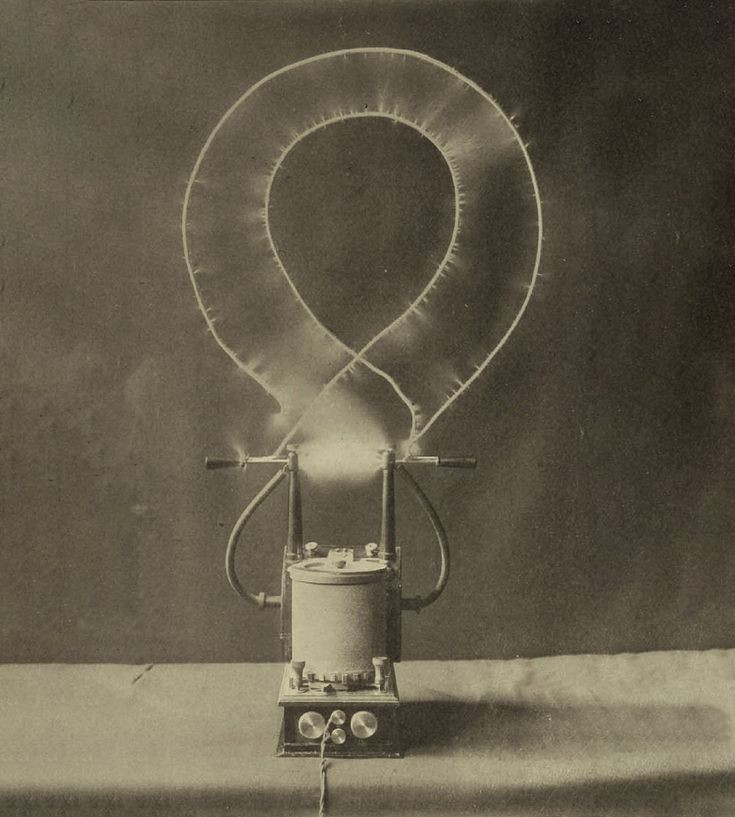Doing my part in helping restore freedom to America while kicking evil in the ass. Guided by God the Father, Jesus Christ & my ancestors!
Sherlock Jones sais:
Granite, hard, good for wheels. Granite is heavy, though, horse wagons use wood weels, so it's a mill stone? Where is the whole for moving it around? Maybe the three slit wholes where used by some machine to grab and move, but then, why slits? If it moves, it has to be round, otherwise no man or machine could use that.
Wooden axis? Cool, trans-sected in four parts so it can move, seems to be used, but still intact after some time?
Dating: inscriptions say Tutmosis II and Tutmosis III, two kings in precession, naked, no skirts... hmm...some carvings didn't exist in old egypt, period around 1500 - 1400 BC, therefore, the wood should not have deteriorated for 3,5 k years...Tut II's reign was short and near to no monuments are present today..unlikely he had a heavy wheel..
I cannot translate the inscription, yet, but it's mirrored at the center line, which is unusual..
Probability points towards a ...
modern piece of artwork.
There are two ankhs in the text, but ankh means life or the meaning is differing due to context. i'll try to translate this later roughly..yes the days are never long enough


